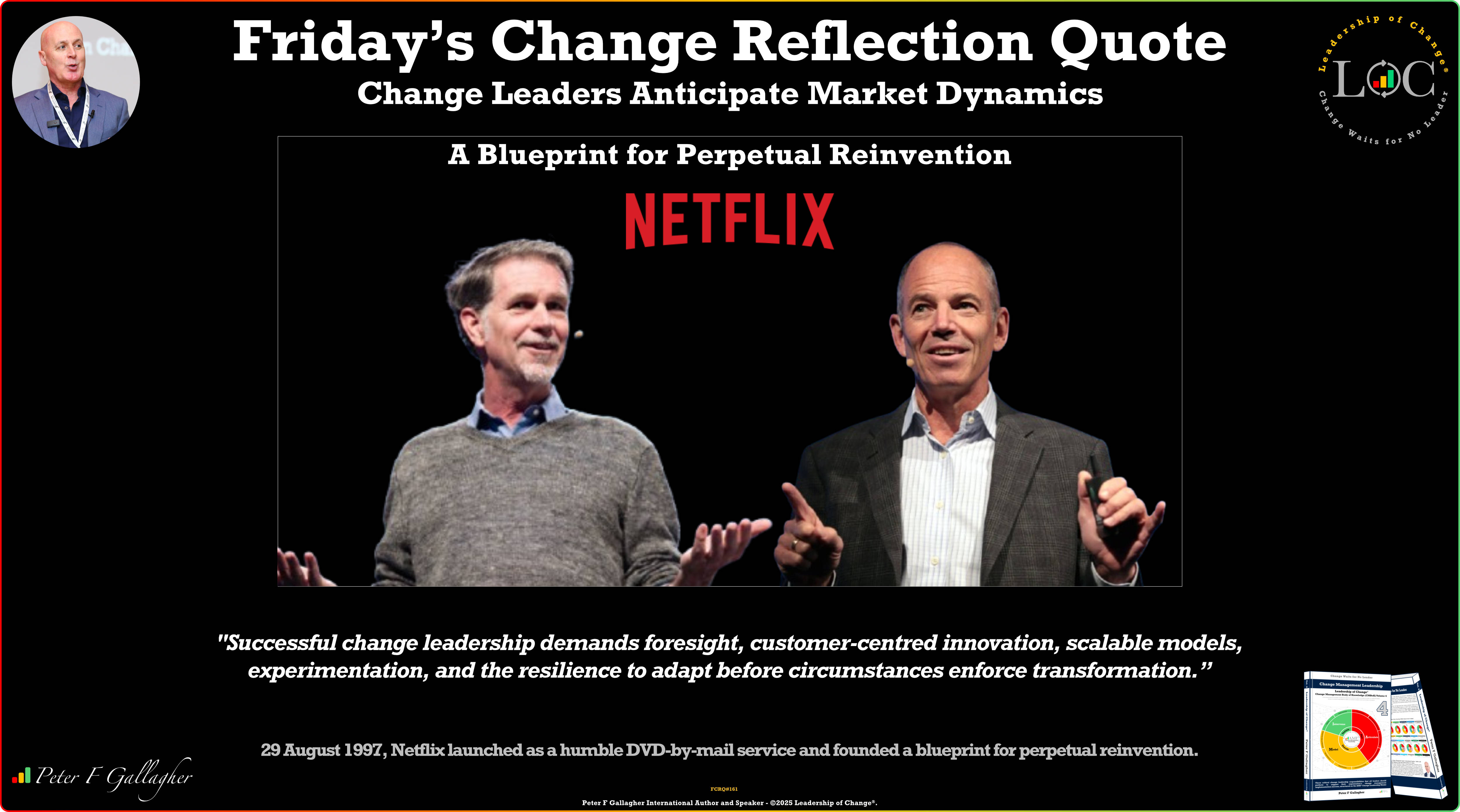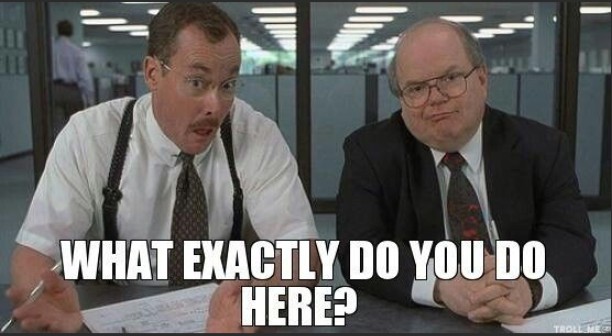Recruitment is undergoing an artificial intelligence revolution, but can the emerging technology help to overcome long-standing inefficiencies when it comes to onboarding the best candidates for a role?
Change Leaders Anticipate Market Dynamics. Successful change leadership demands foresight, customer-centred innovation, scalable models, experimentation, and the resilience to adapt before circumstances enforce transformation.
Top 10 Leadership and Management links of the week, curated by Corix Partners Founder and CEO JC Gaillard, focusing on cyber security of course, but also a large cross section of subjects including digital transformation, emerging tech, ESG governance and the future of work.
After supporting global enterprises for over 20 years as an advisory services company, I've identified the true culprit behind stalled deals, endless "maybe later" responses, and clients who disappear after months of engagement. It's not your pricing. It's not the market. It's not your competition.
“When the ancients mapped the stars, they mapped the soul. When quantum physicists map entanglement, they reveal the interconnectedness the mystics always knew. Citi-Zen was born from that convergence — a synthesis of the cosmic, the conscious, and the computational.”
In recent decades, the digital sector has become one of the pillars of the contemporary economy. Professionals such as programmers, designers, digital marketing specialists, and product managers were until recently highly valued, with competitive salaries and constant demand. However, in the past fi
Taking a team or an organisation through change is an experience. However, not many see it like that. Especially low performing leaders who use traditional “management” styles of micromanagement to push their people through change.
How overlooking small acts of entitlement in “high potentials” creates toxic leaders, and why timely feedback is the cheapest form of damage control.
For middle managers navigating hybrid work, digital transformation, and performance pressure, AI can feel like a godsend. But without ethical oversight, it becomes a governance risk. So would you let AI fire someone?
What if data visualization distorted truth as badly as Mercator maps distort continents? Misleading visuals can skew decisions, erode trust, and misrepresent reality. This article explores the M.I.S.S. pitfalls and the P.L.U.G. framework to create visualizations that inspire clarity and confidence.
Stablecoins are no longer on the fringe - they’re becoming part of U.S. financial infrastructure. With the passage of the GENIUS Act, Washington has introduced the first federal framework for regulating payment stablecoins.
A practical five-step roadmap to help boards and executives embed operational resilience, protect critical services, and build the capacity to adapt and thrive through disruption.
The code (open source) mentioned in the article fine-tunes OpenAI GPT-OSS-20B LLM on Lambda.ai's 4x H100s, using PEFT/fp16 for efficiency. Overcoming errors, rapid training underscores open-source AI's role in democratizing access & accelerating superintelligence—a path central corps embrace.
AI is not a product or a solution, it is a capability and you cannot just buy an AI solution to create your AI Strategy.
Adaptability over features: Building an AI Strategy that won't be obsolete next Tuesday.
Change Leaders Replace Outdated Ideologies. Change leaders rebuild trust in broken systems, replace outdated ideologies, empower expertise, set strategic direction, and act decisively to create sustainable momentum for transformation.
Top 10 Leadership and Management links of the week, curated by Corix Partners Founder and CEO JC Gaillard, focusing on cyber security of course, but also a large cross section of subjects including digital transformation, emerging tech, ESG governance and the future of work.
The elder care market is booming—set to hit $45B by 2032. At 76, I launched Geezers, Gadgets & Gizmos to give seniors honest, firsthand product reviews with humor, wisdom, and heart.
Reputation is a company’s most valuable asset. Discover why sometimes saying 'no' to a lucrative deal protects long-term trust and brand value.
Failure doesn’t break teams. Blame does. This article explores why silence, not mistakes, destroys trust and how leaders can shift from blame to systems thinking to rebuild innovation, initiative, and performance.
 Is AI Really Better Than You at Candidate Vetting? How Technology is Overcoming Age-Old Obstacles in Recruitment
Is AI Really Better Than You at Candidate Vetting? How Technology is Overcoming Age-Old Obstacles in Recruitment Friday’s Change Reflection Quote - Leadership of Change - Change Leaders Anticipate Market Dynamics
Friday’s Change Reflection Quote - Leadership of Change - Change Leaders Anticipate Market Dynamics The Corix Partners Friday Reading List - August 29, 2025
The Corix Partners Friday Reading List - August 29, 2025 The Real Reason Your Clients Keep saying No (and it's not what you think)
The Real Reason Your Clients Keep saying No (and it's not what you think)  Citi‑Zen: Synthesizing Ancient Wisdom and Quantum Futures for a New Planetary Order
Citi‑Zen: Synthesizing Ancient Wisdom and Quantum Futures for a New Planetary Order